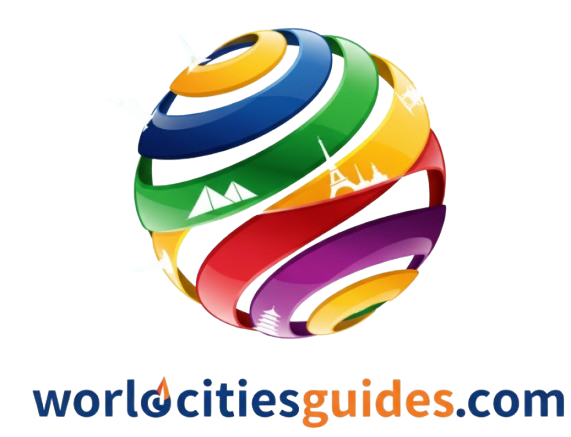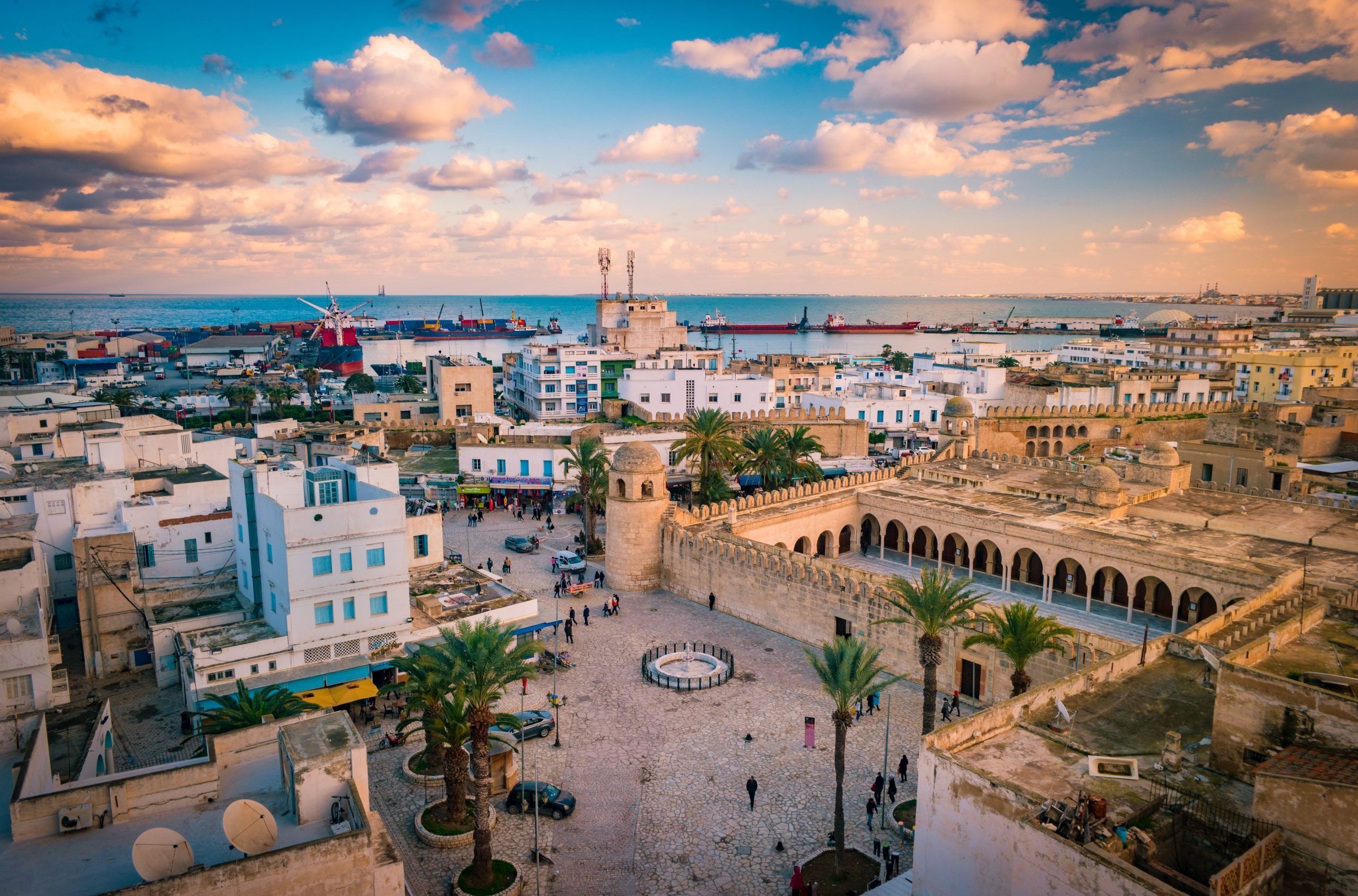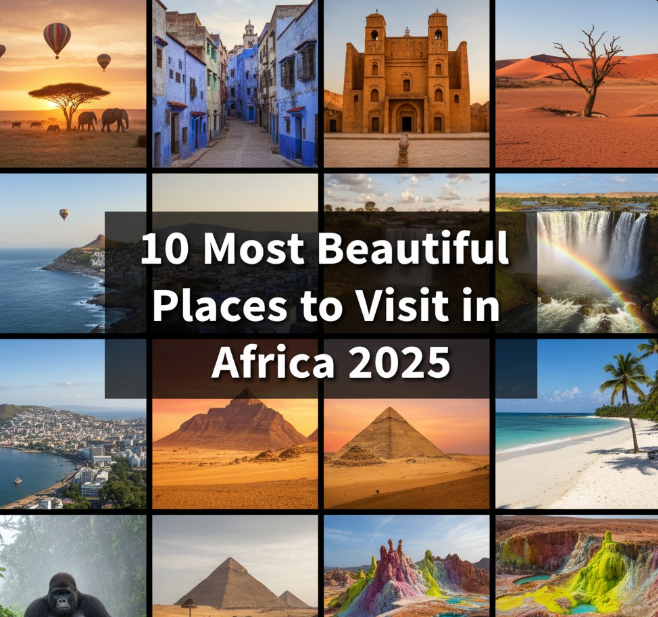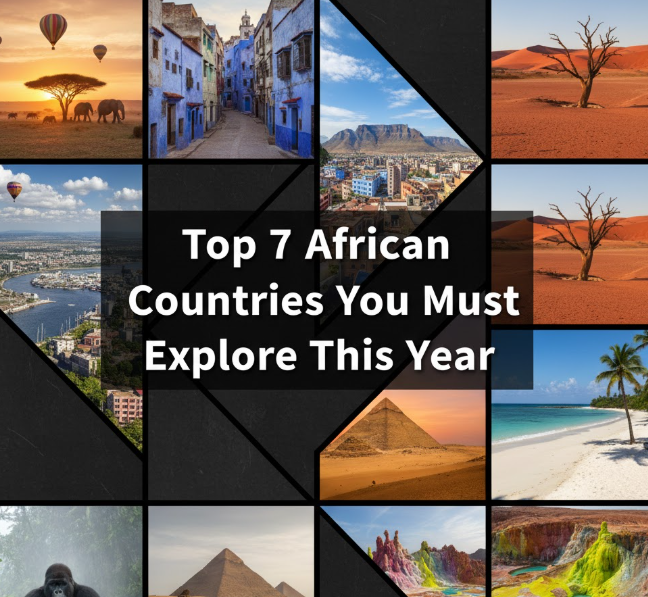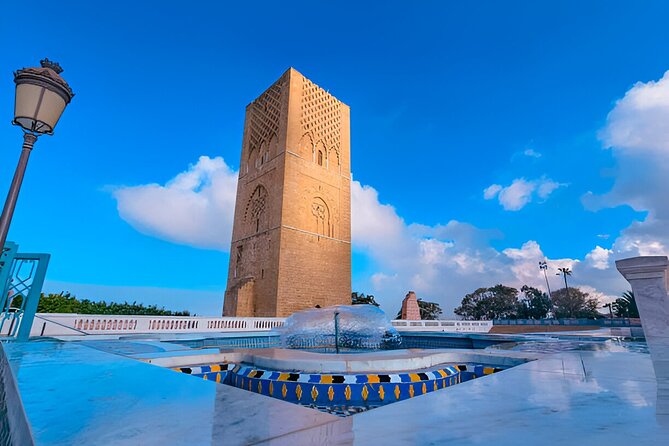Straddling the shores of North Africa, Tunis City offers a fascinating fusion of old and new. More commonly known as Tunis; it is the capital and the largest city (by population) of Tunisia, a country with a fascinating history, Mediterranean sensibilities and an outstanding cultural tapestry. Just a visit to Tunis is already a dip in the world where past and present just seem to seamlessly blend, and that makes it an exciting attraction for both travellers as well are history enthusiasts.
A BRIEF HISTORY OF TUNISIA CITY
The history of Tunisia City stretches over more than two millenia. It was populated in ancient times by the Berbers, who established there the town of Tunes. It later grew into a major city during the Carthaginian period, becoming strategically important after its vicinity to the Mediterranean Sea. Centuries of swift changes swept through Tunis — from the Roman conquest and Arab invasions to Ottoman occupation and French settlements — leaving their indelible mark on the city’s architecture, culture and social structure.
There are those Mamluk walls around the old city, or medina, itself a site on Unesco’s world heritage list and to this day pulsing with the history of all these periods. Winding back streets, vibrant souks and historic mosques that serve as living monuments to Tunisia City’s layered past. Having obtained its freedom from France in 1956, Tunis has moved with dizzying speed into the modern world without losing touch with history.
POPULATION AND LANGUAGE
Today, Tunisia City is inhabited by about 2.7 million people, the largest population of any city in the nation. The population is a real mix of ethnic origins mostly Arab-Berber with groups of Europeans and other communities adding to the cosmopolitan feel of the city.
The official language is Arabic, and the local dialect is called Tunisian Arabic. However, French is still widely spoken due to the country’s colonial past and used for business, education and day-to-day communications. Among the young, English is getting more and more common, in tourism or in commerce with foreign companies.
CURRENCY AND ELECTRICAL CURRENT
Tunisia City Currency The currency of Tunisia City is the Tunisian Dinar (TND). A basic knowledge of the dinar is recommended for visitors, since it will be the most common unit of payment in markets, shops, retaurants, and transportation.
Electricity Tunisia City has 230V and 50 Hz. Plugs and sockets – type C and E This plug has two round pins or two round pins with a hole (in the middle). Those travelling from countries with varied power outlets should ensure they have the right adapters in order to prevent devices from not being able to charge.
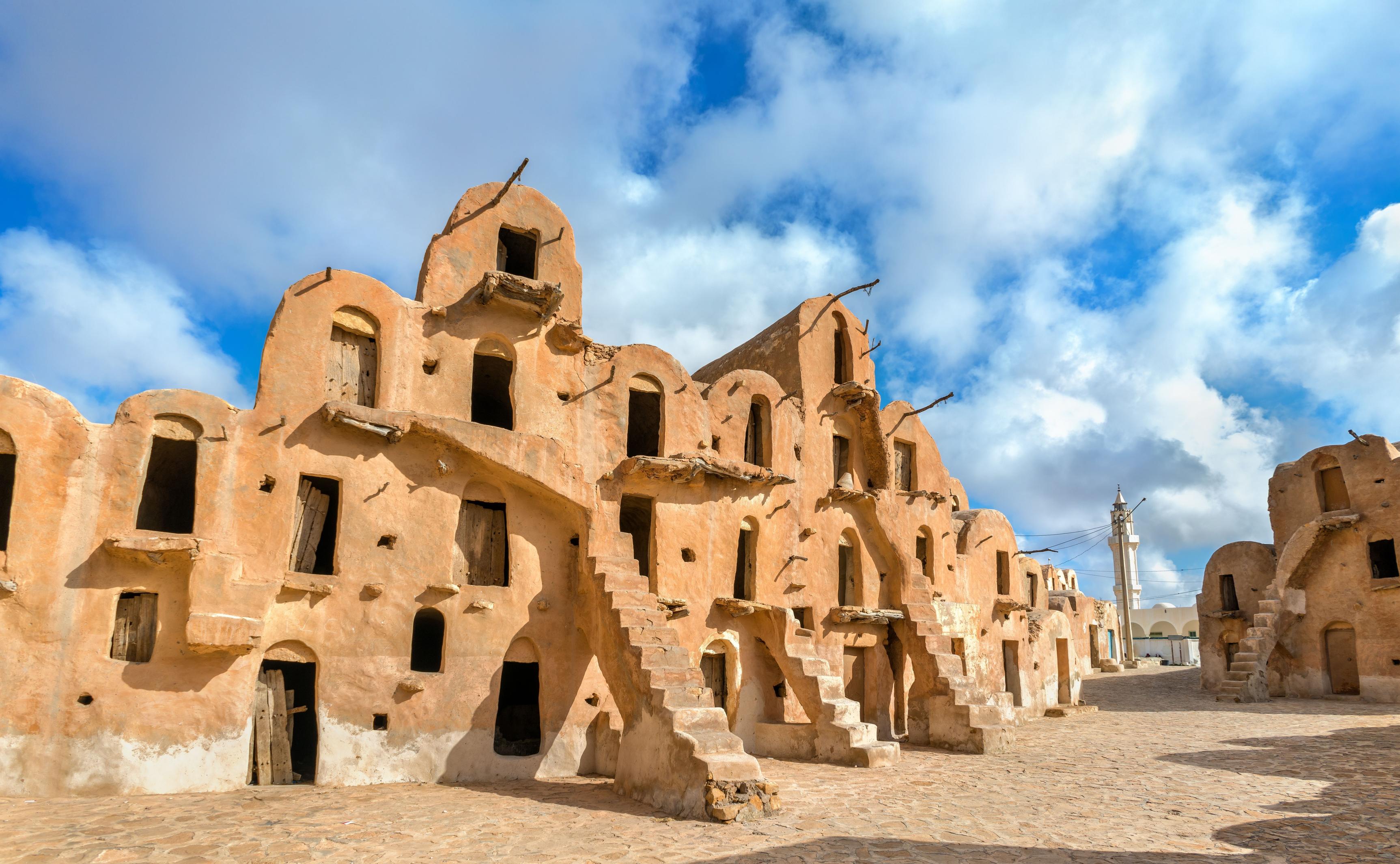
CLIMATE
Climate Tunis has a Mediterranean climate, with hot, dry summers and mild, wet winters. Temperatures typically reach over 30°C (86°F) from June through September, suitable for beach followers and sun-worshippers. Winter (December to February) is generally mild; temperatures below 7 °C are uncommon. Such a climate contributes to creating varied nature of the region that combines seashore and fertile plains.
Thanks to its mild climate, Tunisia City is popular throughout the year, but spring and fall are the best times for visitors due to cooler temperatures and fewer tourists.
TYPICAL CUISINE
Tunisia City is best enjoyed through one of its greatest pleasures: food. Tunisian food comes in the form of a fusion between Medditeranean, Arabic, and French influences, heavily spiced and made with fresh ingredients. A signature offering is couscous, which may also be served with lamb or chicken and vegetables in a rich blend of spices including cumin, coriander, and harissa — fiery chili paste that provides the characteristic heat.
Other favourites include brik, a ravioli-like pastry filled with egg, tuna or meat and lablabi, a rich chickpea soup that is regularly eaten as street food. Tunisian salads, rich with just-picked tomatoes, olives and capers are that sunlit fare’s natural companions. For something sweet, Tunisians can snack on pastries like baklava and makroud — honey-soaked pastries with dates or almonds.
TRANSPORTATION
Navigating the streets of Tunisia City is not too complicated. The city has an efficient public transport system of buses and a light rail line, the TGM (Tunis-Goulette-Marsa), which runs along the north coast. The most frequent and inexpensive mode of transportation when navigating the city is the bus, albeit crowded during rush hours.
As far as transport goes, there are also plenty of cheap cabs, which compared to European prices are a steal! A lot of locals also rely on private cars or motorbikes, but for visitors, walking in the central areas such as the medina is usually the best to experience the vibe.
Try Ride Sharing Services recently popping up and leave the old taxis for someone else 🙂 In addition, Tunisia City is well connected to Europe, the Middle East and other parts of Africa via Tunis-Carthage International Airport.
SAFETY
Is Tunisia City safe Safety in Tunisia City is generally good especially in the heavily populated tourist areas. Anything you would do in any major city, take similar precautions: Keep an eye on your belongings especially in crowded markets; steer clear of dimly-lit empty streets at night; know where you are and where the embassy is.
Tourist safety is a government and local authority concern (police presence in tourist areas are visible). Petty crime, such as pickpocketing does exist, but violent crime is unusual. Visitors are advised to keep up with travel advisories, and register with embassies if they can, while exercising common sense when traveling around.
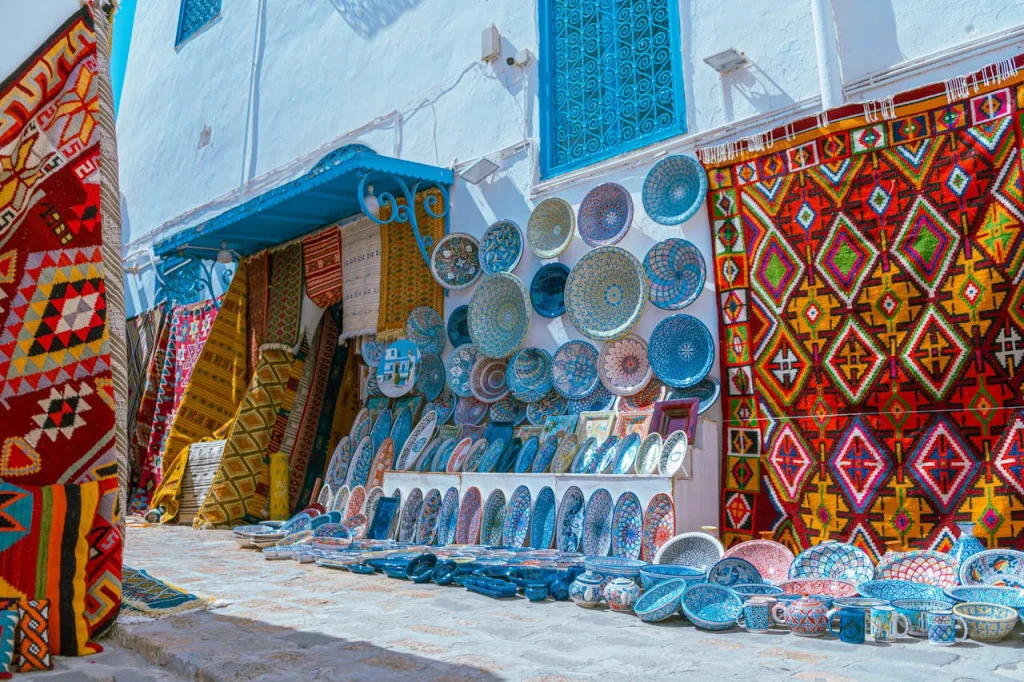
MAIN TOURIST ATTRACTIONS
Tunis letteraly offers something for every visitor to enjoy. The heart of the city’s appeal is its historic medina, with labyrinthine alleys that are a riot of color thanks to the wares available for purchase at traditional carpets and ceramics shops as also spices and leather goods. Several can be seen on a tour of the medina (akin to stepping back in time).
A visit to the Bardo Museum is also a must, whose collection of Roman mosaics (the largest in the world) and artifacts from Roman, Punic and Islamic history make it one of the world’s greatest. It offers a wonderful glimpse into the rich cultural history of the city.
Not far from the medina is also the great Zitouna Mosque which is both a religious and architectural mecca of a structure that has been around since the 8th century. Non-Muslims are not permitted to enter the mosque, but its imposing facade and the squares around it make a trip worth the effort.
For a more laid-back taste of modern Tunisia, travelers can roam the Avenue Habib Bourguiba, described as Tunis’s answer to Paris’s Champs-Élysées, and filled with cafes, shops and colonial-era buildings. It’s this city’s social and cultural heart.
Sleepy coastal suburb La Marsa has sandy beaches and seaside restaurants; perfect for those looking to relax by the Mediterranean. Also, there are the ruins of Carthage a short drive away from Tunis which give you an impression of the magnificence of the once great civilization that ruled this land.
OTHER IMPORTANT ASPECTS
Tunisia City serves as a historical, cultural, economic and educational center; citizens are able to access educational opportunities in its universities. The city has multiple universities, research institutes and industries which play a vital role in the development of the country.
The city has a flourishing art scene, filled with galleries and theaters and an array of music festivals that are often rooted in traditional Tunisian culture but also include contemporary artists. Cottage industries, particularly pottery and weaving, are still significant economically and culturally.
There’s a growing environmental consciousness, and attempts to compromise between urban development and green expanses can be found. Parks such as Belvédère Park offer people in the city an opportunity to have peaceful respites.
Tunisia City is a riveting place to be where history mingles with modern life, where olden alleyways lead into the heart of clamorous markets, and where you can smell spices and sea salt on every warm Mediterranean breeze. Whether the history is what reels you in, the energy or the food itself, Tunis delivers on all fronts leaving one rich and astounded with discovery.
Should you ever have the opportunity to visit there, don’t rush through — walk through its streets slowly, taste its food and drink your fill of the live culture that has made this incredible city what it is for 3,000 years.
